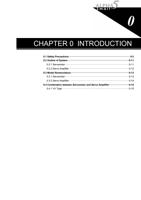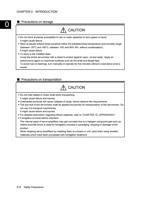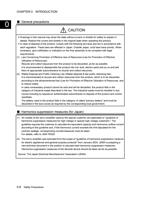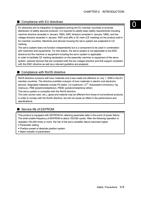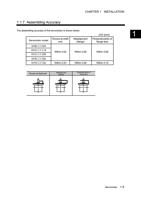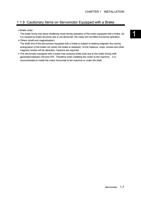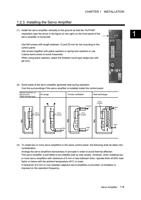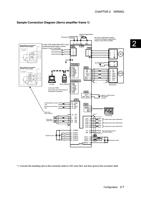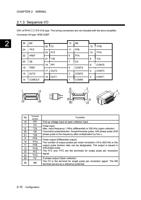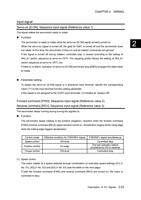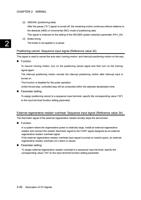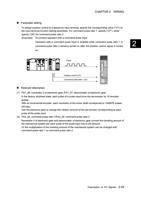
CHAPTER 2 WIRING
Home position LS signal edge selection (PA2_13)
After the trailing edge of the LS is detected, the Z-phase signal after the home position LS is
detected.
Deceleration operation for creep speed (PA2_15)
2
Controlled stop is caused during homing upon detection of the home position LS (or reference
signal for shift operation), followed by reverse rotation until the point before the home position LS
is reached, and then homing is performed again at the creep speed.
The home position LS creep speed becomes the same despite the homing speed setting.
Interruption of homing motion
Forced stop (sequence input signal) can interrupt the homing motion.
Positioning cancel (sequence input signal) can interrupt the homing motion.
Interruption of homing motion
While a travel in the opposite direction automatically occurs upon detection of positive over-travel
[+OT] or negative over-travel [-OT], stoppage is caused in the following cases. In every case, the
homing completion signal will not be turned on.
Reverse rotation after a +OT signal, followed by a -OT signal without detecting a home position
LS (reference signal)
Detection of an over-travel signal in the opposite direction to the traveling direction
Detection of an over-travel signal during travel of the home position shift traveling amount
Over-travel in positive direction [+OT]: Sequence input signal (Reference value 7)
Over-travel in negative direction [-OT]: Sequence input signal (Reference value 8)
A signal from a limit switch or similar can forcibly stop the machine travel. (nomally closed contact)
Function
These signals are input signals of the limit switch which prevents the over travel (OT) at the end in
the machine travel direction.
Each signal is always enabled except under torque control.
If the over-travel signal is turned on (switch:open) during operation, controlled stop is caused within
the limit specified in PA2_60 (third torque limit).
Merely a pulse input in the direction opposite to the detection direction or manual feed
(forward/reverse command) can be executed (normally closed contact).
If an OT signal is detected during positioning operation, the servomotor is forcibly stopped and
therefore difference may be caused between the command position and feedback position.
Take care of the reference value and sensor position so that the OT signal will not be detected
during regular operation.
2-28 Description of I/O Signals




















